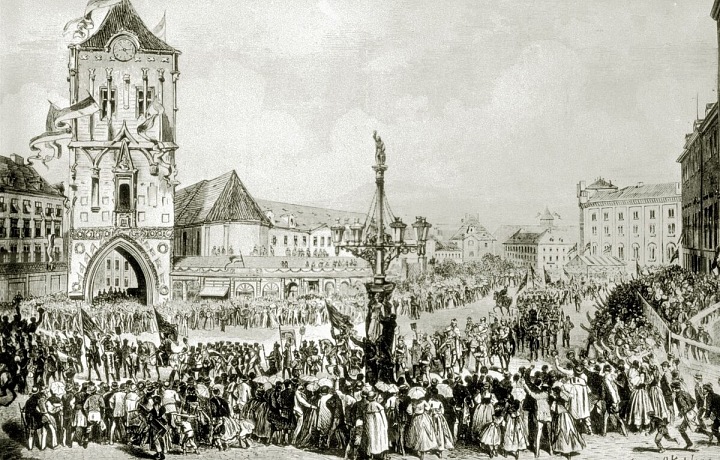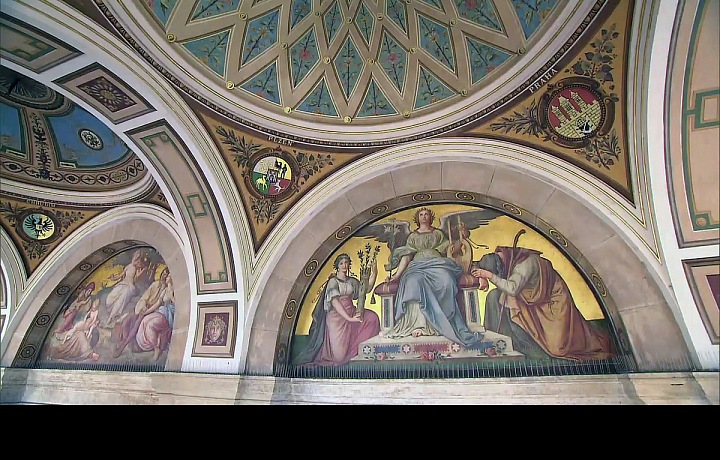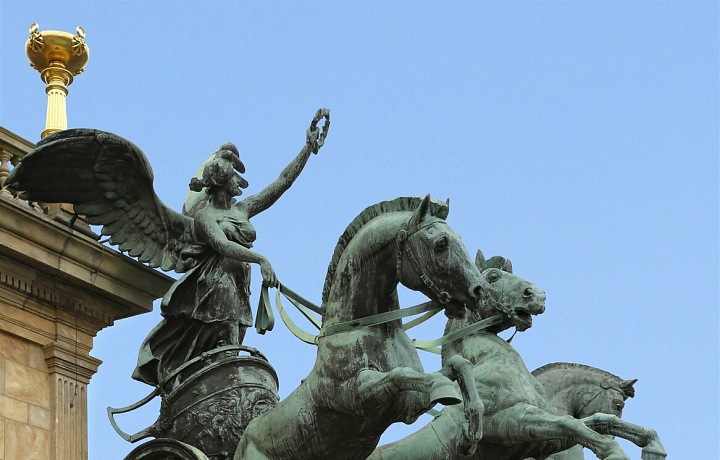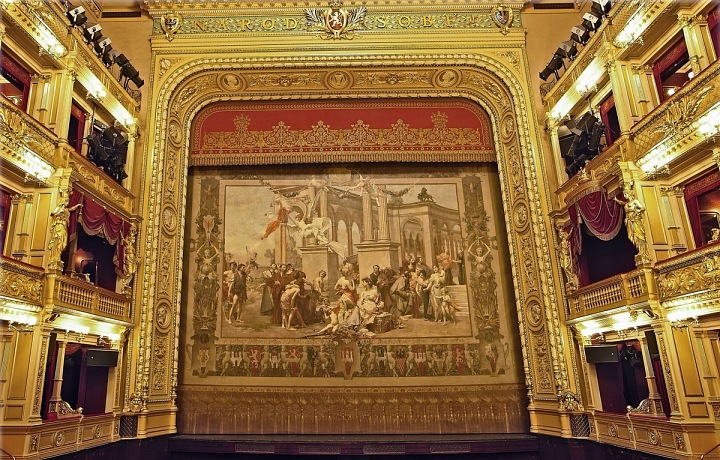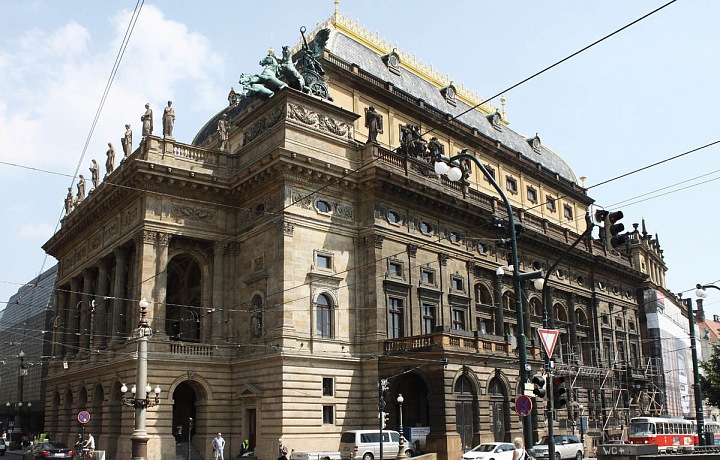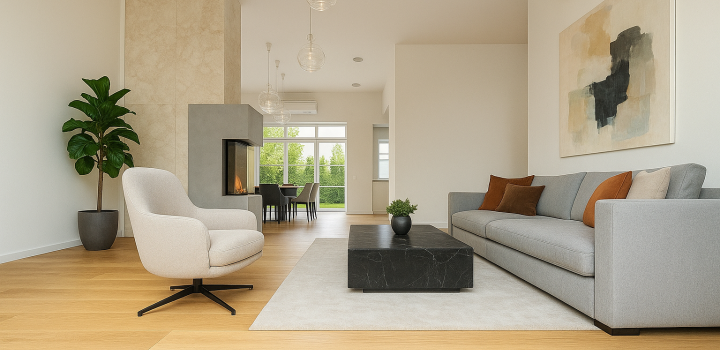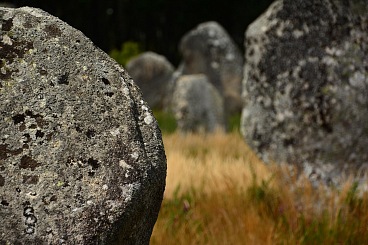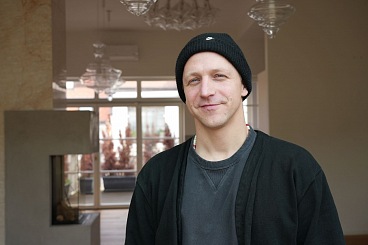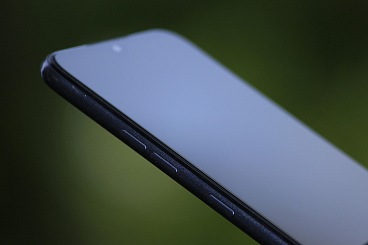Cultural heritage – the National Theatre
Laying of the foundation stone
In 1865, the management of the Society for the Establishment of a Czech National Theatre contacted several prominent architects. This challenge was accepted by Prof. Josef Zítek, who took on the position of chief architectural manager for the building work. On 17 May of the same year, a celebration was organised to mark laying of the foundation stones. One very interesting thing is that the stones were brought in from 18 locations around our country. After nine years of construction work, the building of the National Theatre had taken on a more specific form. From 1878 until 1881, the only work left was to complete final decoration of the theatre. The almost finished theatre saw the light of day on 11 June 1881. The first concert was Smetana’s renowned opera Libuše, held in honour of the visit by Crown Prince Rudolph II and the Belgian princess Stefanie. After this, a further 11 performances were held there but the building was not in the end opened definitively due to fire.
Changing of the guard
The architect Josef Zítek was replaced by Josef Schulz, who in his capacity as a technical rationalist was better able to adapt the interiors of the luxurious theatre to suit operational requirements. He was not afraid to deploy the new technology of the time. He replaced the burnt-out wooden rafters covered in copper sheet using a steel frame with a slate roof. Instead of gas lighting, he installed electric. Fresh air was fed to the auditorium via ventilation shafts with the aid of electric ventilators. The theatre even had its own power plant.
The selflessness of the Czech nation and great effort to protect this luxurious and unique jewel bore fruit. The reopening ceremony for the building of the National Theatre was held on 18 November 1883, again with a performance of Smetana’s opera Libuše. This important date is forever now ingrained in the minds of the Czech nation.
Treasures which the theatre holds
The National Theatre is nowadays made up of four buildings and four companies. You can see performances of Opera, Drama, Laterna Magika and Ballet here.
Many masters of their field participated architecturally in construction work. For example, Josef Zítek closed the theatre space, the auditorium and the stage into a single unit, roofed with a monumental dome. The main entrance buttress was pushed forward onto Národní třída with an external stairway and massive pedestal of the lobby, over which a monumental five-axis loggia rises gently with Corinthian columns, with a richly profiled balustrade ledge bearing ten luxurious statues of Apollo and the Muses created in 1877 by the sculptor Bohuslav Schnirch.
The grand external and internal decoration, which in particular catches the eye with its wealth of luxurious gold plating is made up of masterpieces by Czech artists of the 19th century – M. Aleš, F. Ženíšek, V. Hynais, J. V. Myslbek and others. It is certainly worth mentioning the luxury lunettes by Aleš – the Homeland cycle, you will find a total of 14 lunettes in the entrance hall. Ženíšek depicted 8 allegorical figures on ceiling medallions, this concerning the so-called Allegory of the Muses. The painting on the ceiling of the entrance hall of the National Theatre is also his work. We can see three pictures by Václav Brožík in the lounge of the Royal Box, The Three Ages of the Czech Lands, or also the painted decoration in the men’s lounge. Vojtěch Hynais contributed towards decoration of the Royal Box of the ladies’ lounge with allegorical paintings on the stairway and fabrication of the curtain.
“Let the victorious people enter here.” A fitting poetic call to enter by Jaroslav Vrchlický.
This monumental beauty full of luxury is certainly worth a look and has our admiration!


